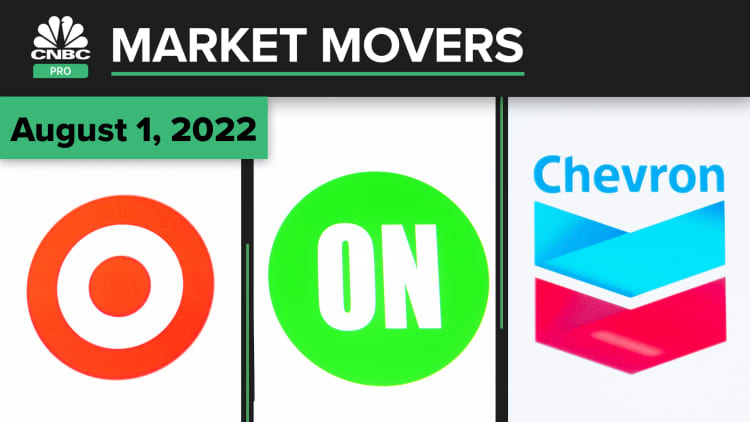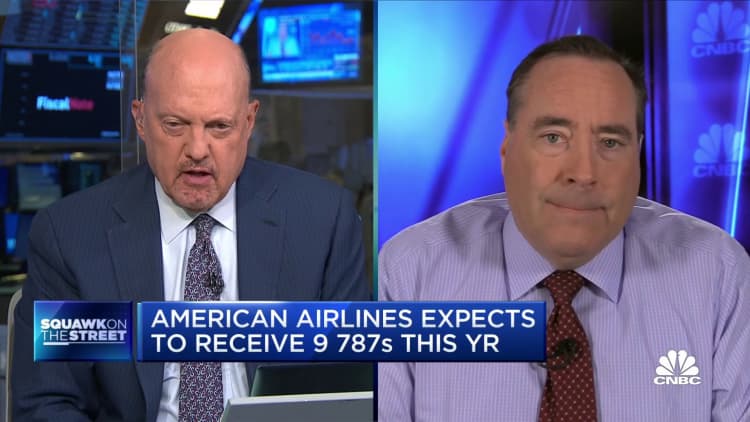Stocks fell on Monday as trading opened in August, with some investors questioning whether the recent rally has further to run following the best month since 2020.
All three major indexes snapped three-day winning streaks, with the S&P 500 slipping 0.28% to end at 4,118.63. The Nasdaq Composite lost 0.18% and closed at 12,368.98. The Dow Jones Industrial Average shed 46.73 points, or 0.14%, to end at 32,798.40.
The 30-stock Dow slipped even though Boeing jumped 6.13% after the U.S. approved a plan to resume 787 deliveries.
The energy sector was a big drag on the market as oil prices fell. Shares of Diamondback Energy, ExxonMobil, Chevron and Devon Energy all traded down.
A better-than-expected manufacturing report helped sentiment. Shares of chipmakers like AMD and Nvidia rebounded into positive territory and remained there. The report also showed that prices slipped, a positive development amid high inflation.
On Friday, all major indexes gained, posting winning weeks and capping off the best month of the year so far and then some. The Dow gained 6.7% in July, while the S&P 500 added 9.1%. The Nasdaq Composite rose 12.4% as investors rushed into the tech stocks beaten up the most during this bear market. For each index, July's performances were the best since 2020.
"Markets may test the substantial rally that occurred last week as they consider the progress the Federal Reserve has made thus far to stem the course of inflation," John Stoltzfus, Oppenheimer's chief investment strategist, wrote in a note.
This week, investors have more economic data and company earnings to digest. The July nonfarm payrolls report from the Bureau of Labor Statistics will give more insight into the labor market. Solid jobs growth has led economists to say the U.S. is currently not in a recession, despite two consecutive quarters of negative GDP. Earnings are due from Caterpillar, PayPal and Starbucks.




